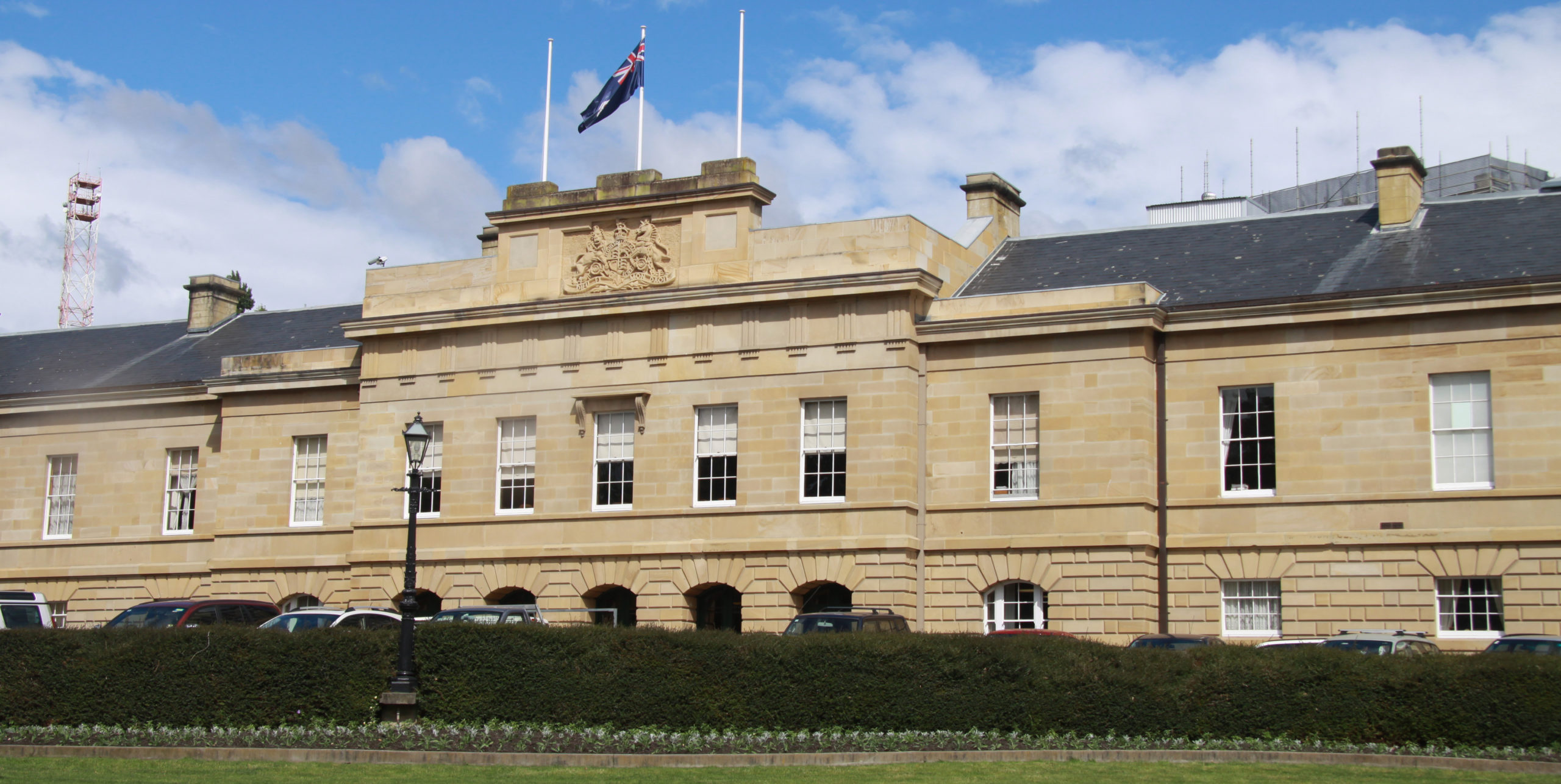Key points:
- In the first week of August 444,479 lambs were slaughtered nationally.
- Lamb slaughter is at its highest since January 2021.
- NSW and Victoria are driving the increase in lamb slaughter.
The National Livestock Reporting Service’s (NLRS) voluntary weekly slaughter report recorded a national lamb slaughter volume of 444,479 last week. This was the highest lamb slaughter has been since January 2021. It demonstrates just how much lamb supply is available.
The third week of January 2021, through the supply backlog caused by the Victorian processor capacity limit in late 2020. If January 2021 figures are excluded, last week’s slaughter is the highest since the 2019 drought.
The was 64,093 more than the same week last year – or 17%. It follows the general trend this year of increased slaughter. Year to date, an
Last week’s lamb slaughter was also notable as it was the second highest weekly slaughter reported in the month of August on record, only behind the first week of August in 2016.
Last week’s lamb slaughter on a state basis:
- VIC: 216,480 (48.7%)
- NSW: 138,718 (31.2%)
- SA: 52,279 (11.8%)
- WA: 34,820 (7.8)
- Tas: 2,182 (0.5%)
This increase in supply is the result of several factors:
- new season lambs hitting the market
- last season’s lambs being sold before their teeth cut
- producers selling excess lambs as the rebuild matures.
As would be expected, the jump in supply has caused an easing in lamb prices with the national lamb indicator currently sitting at 450.43 ¢/kg.
Most supply is being driven by NSW and Victoria with current slaughter numbers in these two states sitting and 30,000 above the highest weeks of 2022.
MLA expects lamb supply to remain strong this year. Official ABS figures for the first half of 2023 will be released next Thursday.







